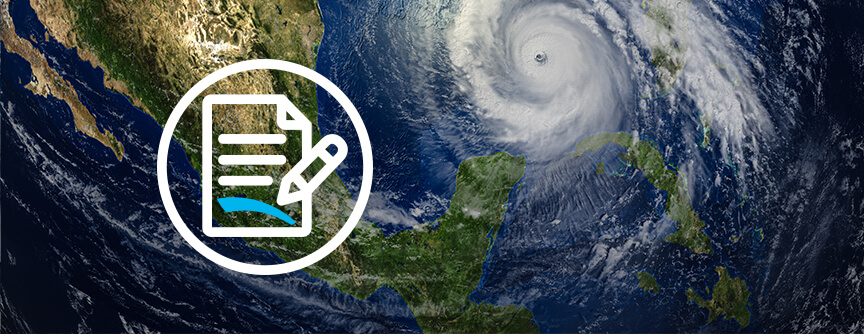In the often-unpredictable world of emergency management, how can emergency managers ensure that all community members, especially underserved populations, receive the support and resources they need during crises? The first draft of the Planning Considerations: Putting People First guide, released by the Federal Emergency Management Agency (FEMA), seeks to best define a solution, with help from emergency managers.
The final guide has since been published, and it can be found here.
Core Principles of the National Resilience Guidance
FEMA’s Planning Considerations: Putting People First guide highlights that effective emergency management planning must prioritize the needs of every community member. This approach requires incorporating equitable, inclusive, and accessible solutions in emergency plans.
Key points highlighted in the guide include:
- Putting People First in Emergency Planning
Understanding the diverse needs of the community is essential to creating effective emergency plans. This involves conducting research, gathering data, and engaging directly with community members. Discovering insights into the community’s access to services, processes in decision-making, and risk outcomes will help emergency managers better address the needs of the specific challenges and vulnerabilities of different population groups. - Applying Inclusive Emergency Plans
Using FEMA’s CPG 101, a six-step planning process, emergency managers can more effectively involve their community in the various components of their emergency operations plan. This could include designing evacuation routes that accommodate people with mobility issues, providing multilingual communication, and ensuring that shelters are accessible to everyone. By thinking inclusively, emergency managers can create plans that truly serve the entire community. - Engaging with the Community
Understanding the current circumstances of your community, especially those in underserved populations, builds trust and fosters relationships. FEMA’s guide outlines five forms of participation emergency managers can use to gather this information: inform, consult, involve, collaborate, and empower. Each one has value and should be used to match the context of the specific engagement. Involving other stakeholders, such as cross-cultural leaders or organizations, may be necessary to ensure engagements are effective and fruitful. - Takeaways for Emergency Managers
Putting people first is about building a stronger, more resilient community for everyone. The main objective is being open to collaborating with the community and working with them to develop resources, plans, programs, and more. While initially there may be a lack of participation from their respective communities, or limitations with available community data, emergency managers have a plethora of resources and techniques available to them to effectively involve their communities.
Share Your Feedback via Webinar
To improve the Planning Considerations: Putting People First draft, FEMA is hosting a series of webinars to openly discuss the guide with participants. These sessions allow emergency managers to better understand the guide and provide their feedback to further refine it.
- Webinar 1: Wednesday, June 12, 2:00 p.m. – 3:00 p.m. ET
- Webinar 2: Thursday, June 20, 3:00 p.m. – 4:00 p.m. ET
- Webinar 3: Tuesday, July 25, 11:00 a.m. – 12:00 p.m. ET
Visit FEMA’s website for more information on the Planning Considerations: Putting People First guide and to RSVP for the webinar series. Your participation and input will help shape future community preparedness and resilience nationwide.



